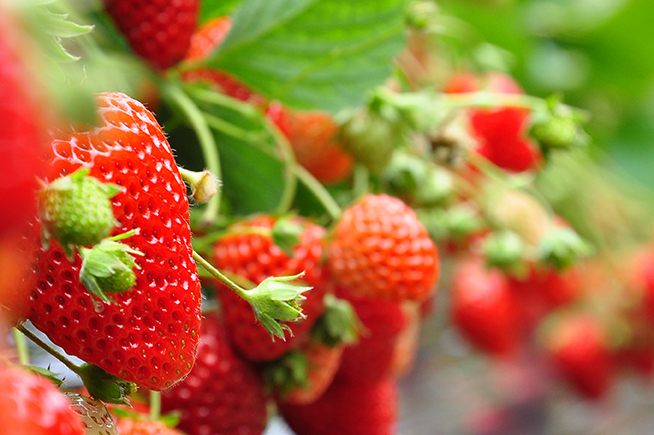USDA Survey Shows Citrus Inventory Down
Results of the first annual commercial citrus inventory show a
net change of -7,763 acres, or -1.3%, in the 1 year period,
considerably less than in recent 2 year survey periods. The
elimination and removal of infected trees due to citrus canker and
greening diseases contributed to the gross loss of 19,918 acres. New
plantings of 12,155 acres are above the annual averages of the 2006
and 2008 surveys and partially offset the gross loss.
Of the 30 counties included in the survey, 17 recorded
decreases and 13 showed increases in acreage. Martin County
suffered the greatest loss in acreage at 4,170, while Brevard County
lost the highest percentage at 18.6%. Hardee and Polk had the largest
gains and Polk continues to lead with the most acres at 82,629.
Hendry is second with 66,821 acres while Highlands and DeSoto
follow with over 62,000 acres each. For total trees, Hendry remains
the leader with 10.0 million, followed by Polk with 9.8 million,
DeSoto with 8.3 million, and Highlands with 8.0 million trees.
Total Orange Acreage Drops Again
All orange acreage declined for the fifth consecutive survey
and, at 492,529, is the lowest since the 1986 census, when a record
low of 466,252 remained following several major freezes. Although
the Southern area’s acreage decreased from 2008, it still leads with
29.8% of all acres. Acreage increases were recorded in the
Central area, now at 28.7% and Western area at 27.6%.
The relationship between bearing and non-bearing trees is
nearly the same as in 2008 with over 93% bearing. Young
Valencia trees comprise 40% of the non-bearing category while
the non-bearing Temple trees total only 800. All Valencia trees
comprise 55% of the total orange trees; early-midseason-Navel-
Temples account for 43%; and the unidentified (primarily nonbearing)
trees make up the remainder.
Grapefruit Acres Fall
Grapefruit acreage has fallen 5.3% to a new low of
53,863 which represents only 60% of the pre-hurricanes figure.
The white seedless variety has lost almost 10% of its acreage
and 11% of the trees since the previous survey. The Indian
River District, although devastated by losses caused by the canker
and greening diseases, has the highest inventory with 74.4%, or
40,059 acres, of the State total. Colored seedless acres total 36,974 and white acres are at
15,966. Only 573 acres of seedy grapefruit remain. Due to the limited
availability of resets over the past 3 years, only 3.6% of the
total grapefruit trees are listed in the non-bearing category.
Specialty Acres Decline
Specialty fruit acreage has continued to decline across the state
and now stands at 22,422, slightly more than one-fifth of the record
101,615 acres in 1970. Temples are included with oranges since
2008. Tangelo acreage and tree losses have slowed to 2% in the
past year while tangerine losses are at 3%. Honey tangerines
account for 49% of the total tangerine category with
7,319 acres. Despite losses, Sunburst remain at 80% of the
early tangerine total with 6,118 acres. Fallglo acreage at 1,559 is only
two-thirds of the 2004 total. True lemon acreage has decreased by 23% since 2008.
Click here for the full report.
http://www.flcitrusmutual.com/files/7cf6afce-5e57-4899-b.pdf










